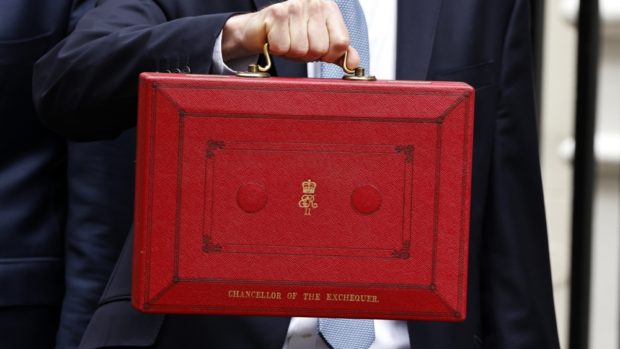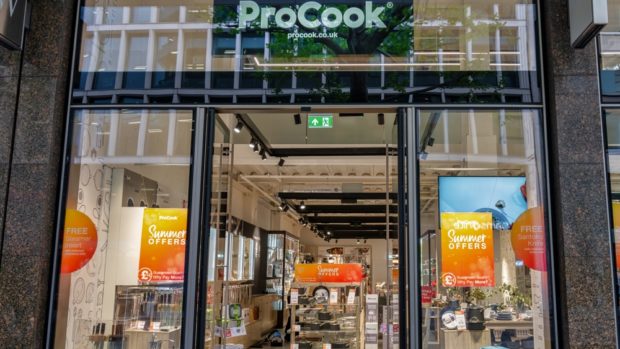Online fashion orders were boosted by ‘back to the office’ outfitting prompted by the steady return of workers to the office in September, the latest data from True Fit, a consumer experience platform leveraged by apparel and footwear retailers to decode fit for every shopper, reveals – with site traffic, order volumes and average order value (AOV) also rising last month.
Fashion checkouts increased +15 per cent year-on-year (y-o-y) in September, representing an +8 per cent increase on the month prior, according to data from True Fit’s Fashion Genome, the world’s largest connected data set for fashion, which analyses data from 17,000 retail brands and data from 80million active True Fit members who shop on the platform. And, even after the exponential growth in demand for online fashion witnessed last year during the pandemic, fashion checkouts in 2021 still remain +6 per cent higher compared to 2020, showing the sustained demand for eCommerce and a long-term shift in the behaviour of increasingly digitally-first consumers.
Digital browsing also saw a boost in September, with web traffic to fashion retailers up +22 per cent y-o-y, while AOV also increased, up 8 per cent on the monthly average for 2021 and +6 per cent y-o-y, pointing to sustained consumer confidence even amidst the supply chain disruption experienced by UK retailers.
With businesses bringing workers back to the office in September, and the end of the furlough scheme seeing employees welcomed back to work, footfall in UK cities rose +7 per cent last month compared to August, and now represents 67 per cent of pre-pandemic levels, according to Centre for Cities’ High Street Recovery Tracker. This, it says, is thanks to rising commuter footfall travelling to and from workplaces and during lunch hours. And, as well as commuters bringing welcome trade back into town and city centres, it’s also reinvigorating Brits’ wardrobes, with ‘back to the office’ outfitting boosting new category buying spikes online.
Demand for women’s dresses, for example, has now overtaken denim – and by mid-October dress sales were outstripping denim by 10 per cent, according to True Fit’s data, while demand for more formal footwear, such as boots, have consistently outpaced trainers since July, and represented 50 per cent more purchases compared to trainers last month. However, hybrid working has still got Brits opting for ‘comfort’ when it comes to workwear outfitting – True Fit’s data shows casual wear checkouts are up across womenswear and menswear since the beginning of the month, up 140 per cent and 180 per cent respectively. And that shift looks to be set to stay in the long-term; just 12 per cent of UK consumers in a recent poll planned to completely return to the traditional, formal ‘nine-to-five’ workwear look, opting for a hybrid style that combined work-from-home comfort with office attire. Meanwhile, John Lewis reported sales of ties were down -75 per cent year-on-year.
Sarah Curran Usher MBE, GM EMEA at True Fit, said: “The sustained and continued upward growth in demand for online fashion shows shoppers are now truly digital-first – even the most devout bricks-and-mortar fashion shoppers have shifted and stayed online, while those who were already digitally-native have had those behaviours further reinforced and entrenched.”
“And for retailers, that means supporting customers in new ways that match their evolved shopping needs. Central to that is being able to quickly get under the skin of customers’ preferences around fit and size, to connect them with only what they love. Only then can they turn site traffic from first-time browsers into repeat-returning shoppers, and existing customers into long-term brand advocates,” she concluded.







Share